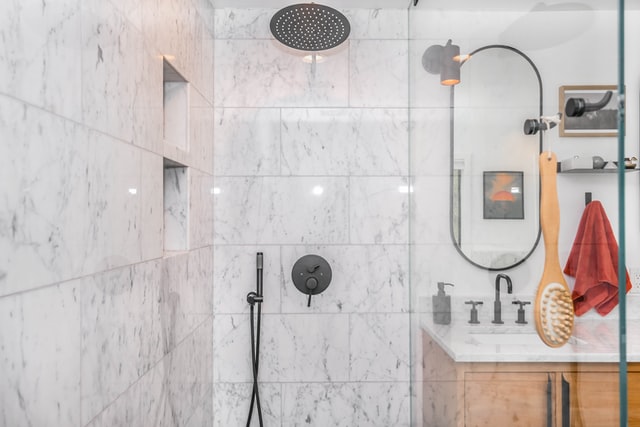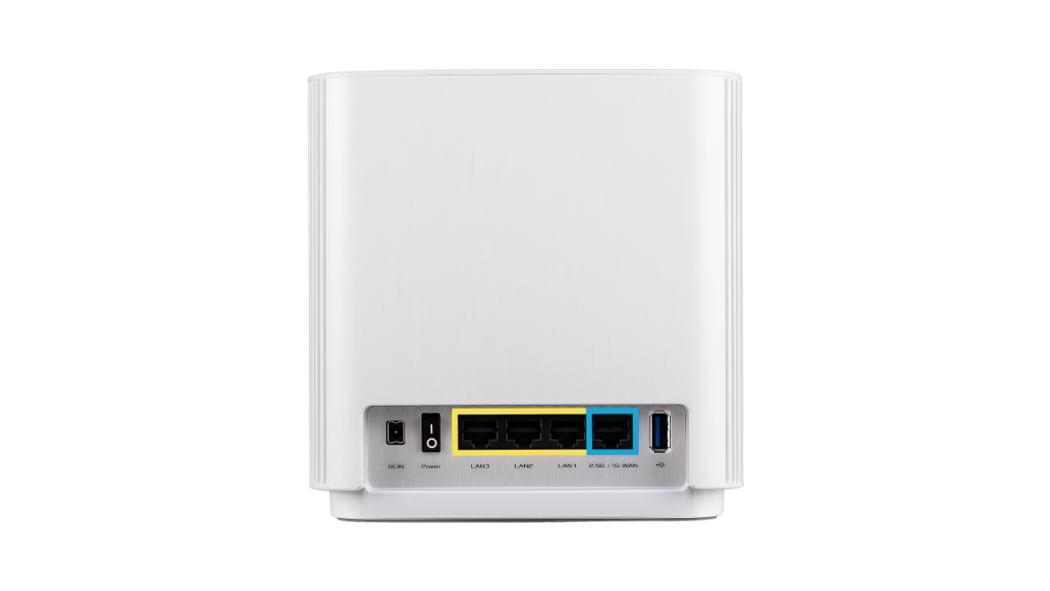AI erasers have revolutionized digital image editing, offering powerful capabilities to artists, designers, and casual users. These tools simplify complex editing tasks, enabling precise removal of unwanted elements from photos or illustrations. However, mastering AI eraser tools requires understanding specific techniques to achieve seamless results. This guide provides an in-depth look at crucial practices for working with AI erasers, ensuring that every edit appears natural and professional. From micro-selections to context-aware fills, the following sections will provide detailed methodologies to enhance your editing process and avoid common pitfalls. Dive in to elevate your image editing skills with these AI eraser best practices.
Techniques for Using AI Eraser
Technique 1: Start Small — Micro Selections
When working with AI erasers, beginning with small, targeted selections can lead to more precise results. By concentrating on minor areas at a time, editors can exercise greater control over the changes being made. This approach allows for intricate details to be maintained and prevents the rest of the image from being unnecessarily altered. For instance, if you’re removing an object that overlaps multiple backgrounds, focusing on one background at a time ensures each section is treated with the care it deserves. Deliberate micro selections pave the way for high-quality edits, offering editors complete control over the artistic result.
Technique 2: Use Multiple Passes
Repeatedly applying the AI eraser enhances the final output by allowing fine-tuning through multiple iterations. Initial passes may effectively handle larger, simpler areas, while subsequent passes refine edges and address smaller details. By revisiting the same areas, you can correct any visual discrepancies left by previous edits. This technique also ensures that the AI’s predictive patterns are supervised and corrected in real-time by the user. It’s an ideal way to make sure that each portion of the altered image integrates smoothly with its surroundings. Multiple passes take more time, but they considerably boost the quality of outcomes.
Technique 3: Use Context-Aware Fill & Background Matching
AI erasers equipped with a context-aware fill can auto-generate surrounding textures and patterns to fill in erased areas. Utilizing this feature alongside background matching ensures the filled sections appear indistinct from their surroundings. It is crucial to analyze the immediate environment of the erased area to choose the best fill options manually. This ensures continuity and a natural look, helping to simulate physical textures and depths. By aligning fills with the specific context of each section, users can craft edits that are nearly undetectable to the human eye. This technique enhances realism across varied editing scenarios.
Technique 4: Edge Refinement & Blending
One key aspect of achieving professional-grade edits is focusing on the fine-tuning of edges after initial erasure. AI erasers sometimes leave hard or unnatural edges that don’t blend well with the image. Detailed refining and blending techniques—such as feathering—play critical roles in smoothing these areas. Editors must check and adjust the softness around edges after every erasing action. Blending tools can assist in merging the edited sections fluidly with neighboring parts of the image. Special attention to edge refinement ensures transitions are subtle and aesthetically consistent.
Technique 5: Use Previews and Compare Before/After
Checking progress using before-and-after previews significantly helps in maintaining the quality of edits made by AI erasers. Throughout the editing process, users should frequently verify these previews to identify any unintended alterations or inconsistencies. This practice allows users to compare and catch potential errors early on, encouraging corrective actions without compromising the image’s integrity. Visual feedback highlights the impact of each action, providing essential insights that inform subsequent editing choices. Previews ensure confidence in operations and help maintain a cohesive final product.
Common Mistakes & How to Avoid Them
Choosing Overly Large Selection Areas
Large, sweeping selections often lead to mistakes, overriding subtle image details and textures. When areas are improperly defined, the AI eraser may remove more than intended, causing disruptions in the visual flow. It’s crucial to start small and expand selections only as needed. By doing so, editors preserve important nuances and maintain control over the image’s features. Implementing smaller, intentional selections ensures the integrity of the larger image remains intact and helps prevent significant editing errors.
Ignoring Texture Mismatches
Mismatch of texture between erased areas and surrounding regions is a common challenge. When texture disparities are not addressed, they become visible, disrupting the seamlessness of edits. To avoid this, editors should utilize context-aware fills that align appropriately with the natural textures of the area. Manually adjusting filled sections to match the surrounding texture leads to more coherent results, enabling visual consistency across the entire image.
Overreliance on Auto-Fill Without Checking
While auto-fill capabilities of AI erasers are advanced, they should not be solely relied upon. Without user intervention, auto-fills might not consider specific image context, leading to unrealistic outputs. Editors should always review and adjust auto-filled areas to ensure they integrate naturally with the surrounding image environment. This inspection confirms that auto-fill serves merely as an initial step, prompting subsequent user-driven refinements for optimal outcomes.
Flattening Depth — Erasing Foreground Objects Incorrectly
Erasing foreground elements without maintaining image depth can flatten the composition, inadvertently removing visual hierarchy. Users should be mindful of how the erasure impacts the overall spatial balance of an image. It’s essential to evaluate depth relations and ensure continuity across foreground, midground, and background elements. Maintaining this depth through mindful editing supports richer and more dynamic visuals, preserving artistic intent.
Practical Tips for HONOR X9c Users
HONOR X9c users stand to benefit greatly from mastering AI eraser techniques. This software boasts complex algorithms, enhancing both basic and advanced editing needs. Users should familiarize themselves with HONOR X9c’s array of tools, as understanding the precise mechanics of each provides a strategic advantage. Exploit features like adjustable sensitivity settings and intelligent previews to their fullest potential. Practicing with varied image scenarios cultivates better adaptation to specific editing challenges. Through consistent application of these techniques, HONOR X9c users can maximize functionality, leveraging the software to produce refined and professional imagery efficiently.

Conclusion
Mastering AI eraser techniques is essential to achieve professional-level image editing. Emphasizing small, meticulous edits, understanding context-aware fill, refining edges, and validating work through previews will equip users to produce outstanding visual outputs. Avoiding common errors such as inappropriate selections, texture mismatches, and improper depth handling also contributes immensely to the quality of finished work. Following this guide enhances one’s ability to employ AI erasers effectively, ensuring edited images exude authenticity and visual cohesion.










